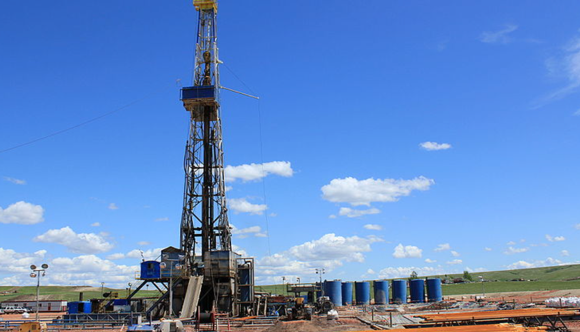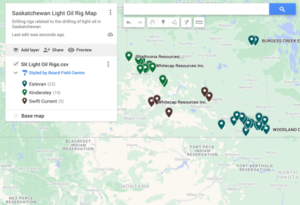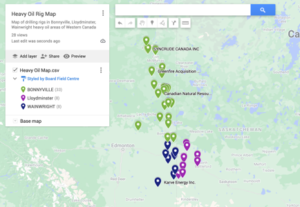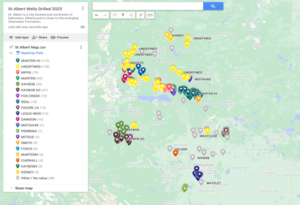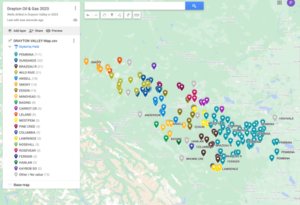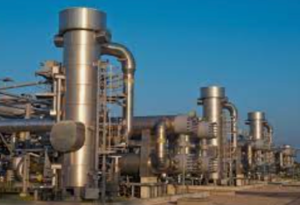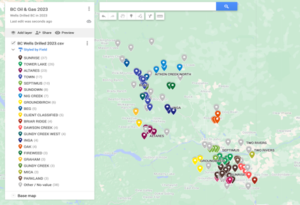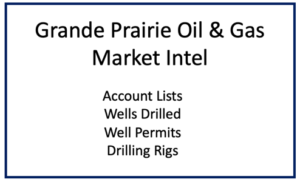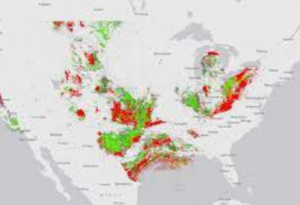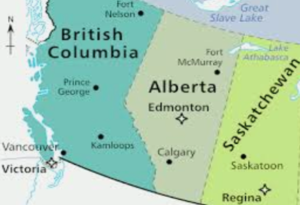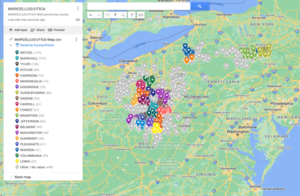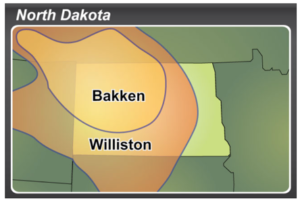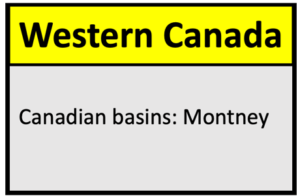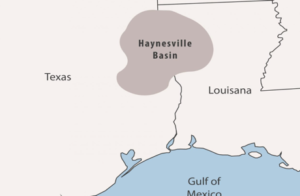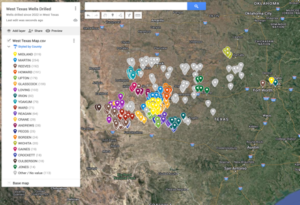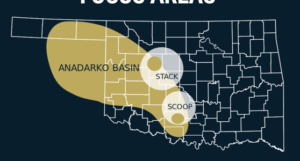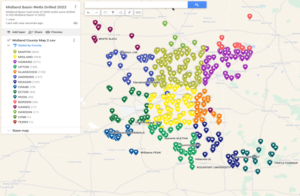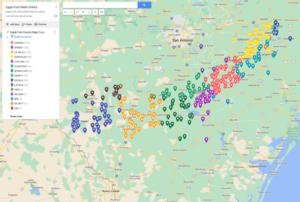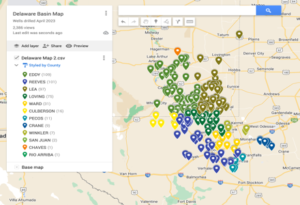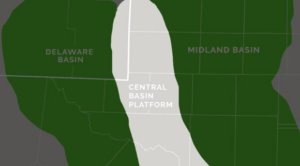As we move through 2024, the landscape of well costs in the Lower 48 is undergoing significant changes. Following a peak in 2023, well costs are projected to decline by 10% in 2024 and a further 1% in 2025. This decrease is driven by falling input prices for oil country tubular goods (OCTG), proppant, and diesel, along with substantial gains in drilling and completion efficiency. Despite these reductions, well costs are not expected to return to the levels seen in 2020 and 2021. Continuous cost reductions will hinge on further efficiency improvements, as the prices for oilfield services (OFS) are unlikely to drop significantly. In this analysis, we explore the factors influencing these trends and the strategies operators are adopting to manage costs effectively.

This detailed analysis of the expected decline in Lower 48 well costs highlights several critical factors and trends shaping the oil and gas industry:
Cost Reduction Drivers:
- Input Pricing Decline:
- OCTG, Proppant, Diesel: Lower prices for these materials are contributing to overall cost reductions.
- Efficiency Gains:
- Drilling and Completion (D&C): Enhanced efficiency in operations leads to faster well drilling and completions, resulting in cost savings.
- Rig and Pressure Pumping Efficiency: Improvements in rig efficiency (over 30%) and pressure pumping efficiency (30%-100%) are significant.
Sustaining Elevated Equipment Prices:
- High-Performance Equipment Demand: Despite cost reductions, demand for advanced, technology-focused equipment keeps prices sticky.
Efficiency vs. Cost Savings:
- Limited Direct Impact on Total D&C Costs: Efficiency gains primarily affect 40% of D&C spend, with a 10% improvement translating to only a 4% decrease in total costs.
- Unaffected Cost Components: OCTG, cement, water, proppant, and chemicals costs remain largely unchanged by drilling and completion efficiency.
Techniques and Technologies for Cost Savings:
- Simul-frac and Trimul-frac:
- Completing multiple wells simultaneously increases pumping hours per day, reducing idle time and fuel costs.
- Electric Pumping Units:
- Smaller pads, fewer crew members, reduced maintenance, and lower fuel costs from using natural gas and electricity instead of diesel.
Operator Strategies:
- Scale and Long-term Contracts: Larger operators with scale and the ability to secure long-term contracts can achieve more significant efficiency gains and cost savings.
Activity and Market Trends:
- Rig Count and Efficiency: A forecasted increase in rig demand through 2025, particularly in gas plays and the Permian, though faster drilling operations will moderate the need for more rigs.
- Service Provider Strategies: Providers aim to maintain high utilisation rates and preserve pricing and margins amidst relatively flat activity.
Future Cost Trends:
- Operator-Dependent: Costs will vary based on the technology and equipment each operator uses, with larger producers more likely to maintain lower costs through efficiency gains.
- Inflation Headwinds for Smaller Producers: Smaller producers face greater challenges from rising costs, potentially driving more mergers and acquisitions.
Impact of Oil and Gas Prices:
- Triple Impact of Rising Prices: Increased fuel costs, higher indirect transport costs, and higher activity levels drive up demand and costs for oilfield materials and services.
Conclusion:
The interplay between efficiency improvements and operational costs will continue to evolve, influenced by technological advancements, market dynamics, and the strategies adopted by both large and small operators. Maintaining a focus on efficiency and leveraging advanced technologies will be key for operators aiming to manage costs effectively in the Lower 48 well operations.

